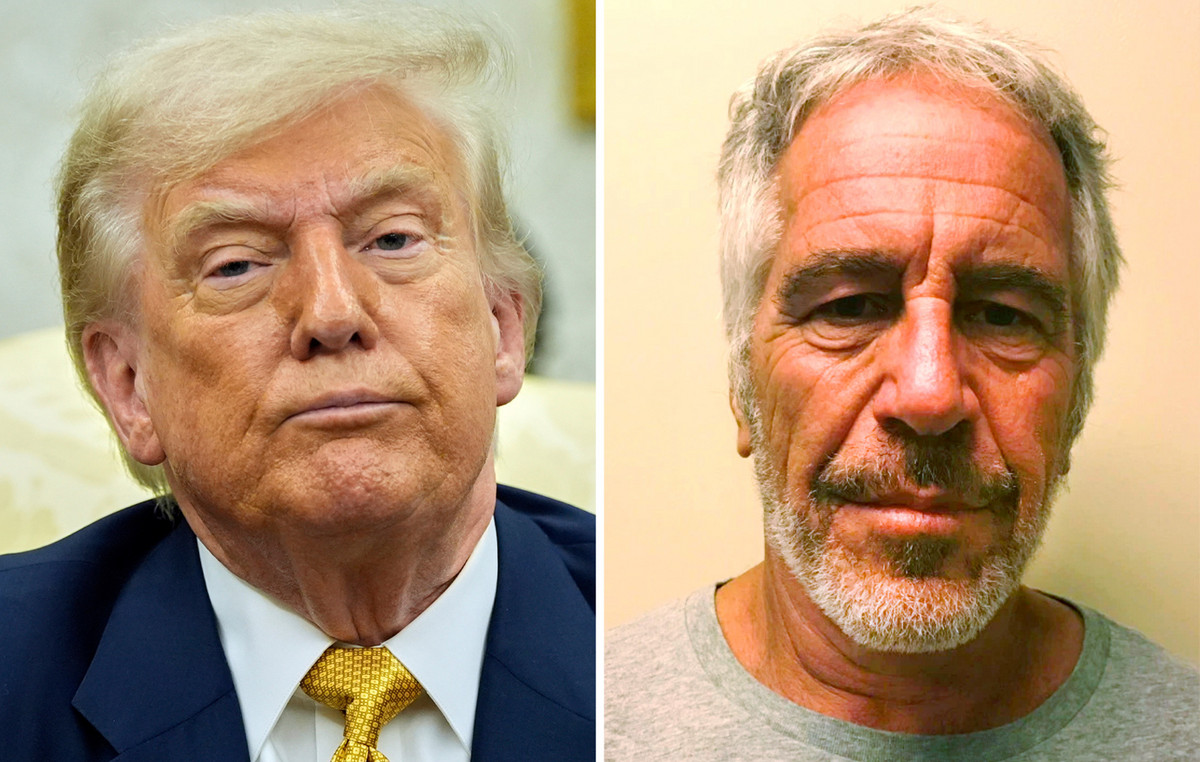- The Mexican Peso advances after the US inflation report. The fall in yields in the US becomes a headwind for the Dollar.
- The Banxico governor's optimistic outlook on the trajectory of inflation reinforces confidence, with a target of 3% by 2025.
- Markets dismiss US PPI data, reducing speculation about an immediate rate cut from the Federal Reserve.
The Mexican peso rebounds against the dollar on Wednesday, as traders evaluate the latest inflation report from the United States (US). Falling US Treasury yields act as a headwind for the pair. Along with an improvement in market sentiment, this is a headwind for the pair. USD/MXNwhich is trading below 17.20, aiming to reclaim the 50-day SMA.
Mexico's economic calendar is empty all week, with the exception of the interview of the Governor of the Bank of Mexico (Banxico), Victoria Rodríguez Ceja, early on Monday. She said inflation is expected to resume its downward trend, adding that inflation would reach the 3% target set by Banxico by 2025.
In the US, the release of the Producer Price Index (PPI) was ignored by market participants, who had already reduced the likelihood of Fed rate cuts.
Daily Market Summary: Mexican Peso Regains Control Amid Soft Demand for US Dollars
- The US Bureau of Labor Statistics released the PPI for December, which stood at -0.2%, down from the previous reading of -0.1%. In monthly data, the core PPI stood at -0.1%, suggesting that inflation is cooling.
- The US Consumer Price Index (CPI) was lower than the previous month, although it exceeded estimates. Excluding volatile items, the so-called core CPI remained unchanged, far from the 4% threshold.
- Markets expect the first rate cut from the Federal Reserve at the June policy meeting as they cut the odds for March and May.
- US 10-year Treasury yields erase some of yesterday's gains and are down six basis points to 4.273%, while the US Dollar Index (DXY) falls to 104.71, down -0.13%.
- Mexico's central bank revised upward its inflation expectations for the period between the first and third quarters of 2024, expecting inflation to converge towards 3.5% in the fourth quarter, according to the latest monetary policy statement.
- Chicago Fed President Austan Goolsbee stated, “It's absolutely clear that inflation is coming down,” even though the latest inflation report was high.
- Atlanta Fed President Raphael Bostic said the Fed must be firm, adding that it is “laser-focused” on inflation. At the same time, Dallas Fed President Lorie Logan said there is no urgency in cutting rates.
Technical Analysis: The Mexican Peso rises and the USD/MXN exceeds 17.15 again
The USD/MXN pair maintains a neutral trend, but short-term momentum favors sellers. The exotic pair fell below the 50-day SMA at 17.11. The Relative Strength Index (RSI) is pointing lower, having crossed the midline of 50, which could open the door for a further decline. A daily close below that level could pave the way for further losses. The next support would be 17.00, followed by last year's low of 16.62.
On the other hand, if buyers reclaim the 50-day SMA, they could continue to rise, with the next resistance being at the 200-day SMA at 17.29. Once overcome, the next resistance would be the 200-day SMA. Once overcome, the next resistance would be the 100-day SMA at 17.40.
USD/MXN Price Action – Daily Chart

Frequently Asked Questions about the Mexican Peso
What is MXN?
The Mexican Peso is the legal tender of Mexico. The MXN is the most traded currency in Latin America and the third most traded on the American continent. The Mexican Peso is the first currency in the world to use the $ sign, prior to the later use of the Dollar. The Mexican Peso or MXN is divided into 100 cents.
What is Banxico and how does it influence the MXN?
Banxico is the Bank of Mexico, the country's central bank. Created in 1925, it provides the national currency, the MXN, and its priority objective is to preserve its value over time. In addition, the Bank of Mexico manages the country's international reserves, acts as a lender of last resort to the banks and advises the government economically and financially. Banxico uses the tools and techniques of monetary policy to meet its objective.
How does inflation impact the MXN?
When inflation is high, the value of the Mexican Peso (MXN) tends to decrease. This implies an increase in the cost of living for Mexicans that affects their ability to invest and save. At a general level, inflation affects the Mexican economy because Mexico imports a significant amount of final consumption products, such as gas, fuel, food, clothing, etc., and a large amount of production inputs. On the other hand, the higher the inflation and debt, the less attractive the country is for investors.
How does the Dollar influence the Mexican Peso (MXN)?
The exchange rate between the USD and the MXN affects imports and exports between the United States and Mexico, and may affect demand and trade flows. The price of the Dollar against the Mexican Peso is affected by factors such as monetary policy, interest rates, the consumer price index, economic growth and some geopolitical decisions.
How does the Fed's monetary policy affect Mexico?
The exchange rate between the USD and the MXN affects imports and exports between the United States and Mexico, and may affect demand and trade flows. The price of the Dollar against the Mexican Peso is affected by factors such as monetary policy, interest rates, the consumer price index, economic growth and some geopolitical decisions.
Source: Fx Street
I am Joshua Winder, a senior-level journalist and editor at World Stock Market. I specialize in covering news related to the stock market and economic trends. With more than 8 years of experience in this field, I have become an expert in financial reporting.







